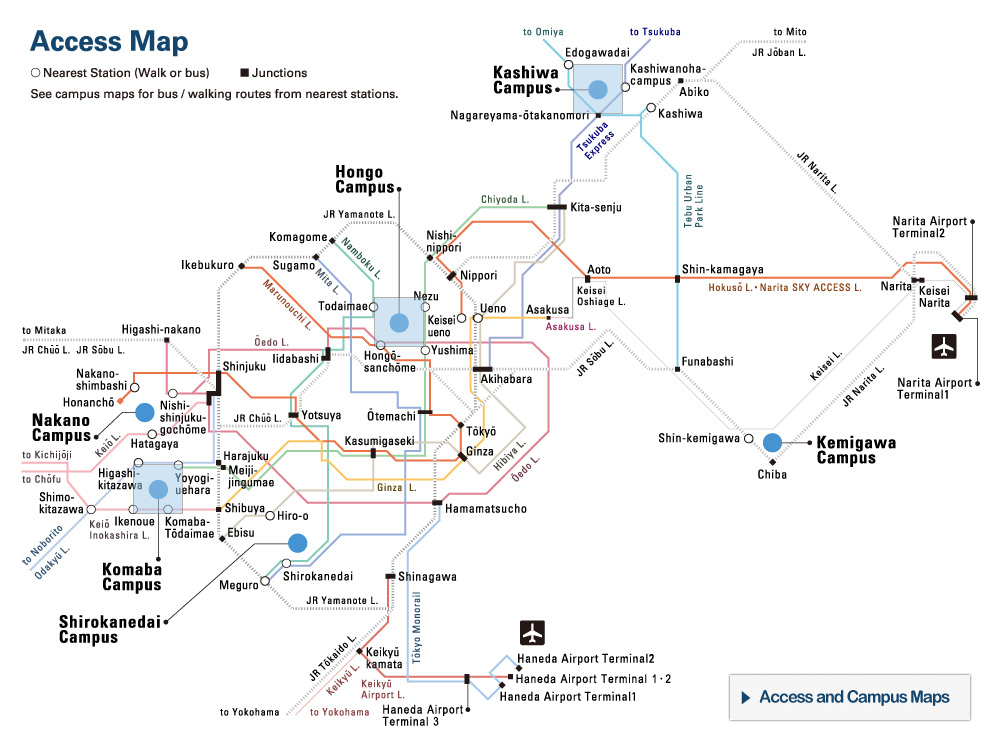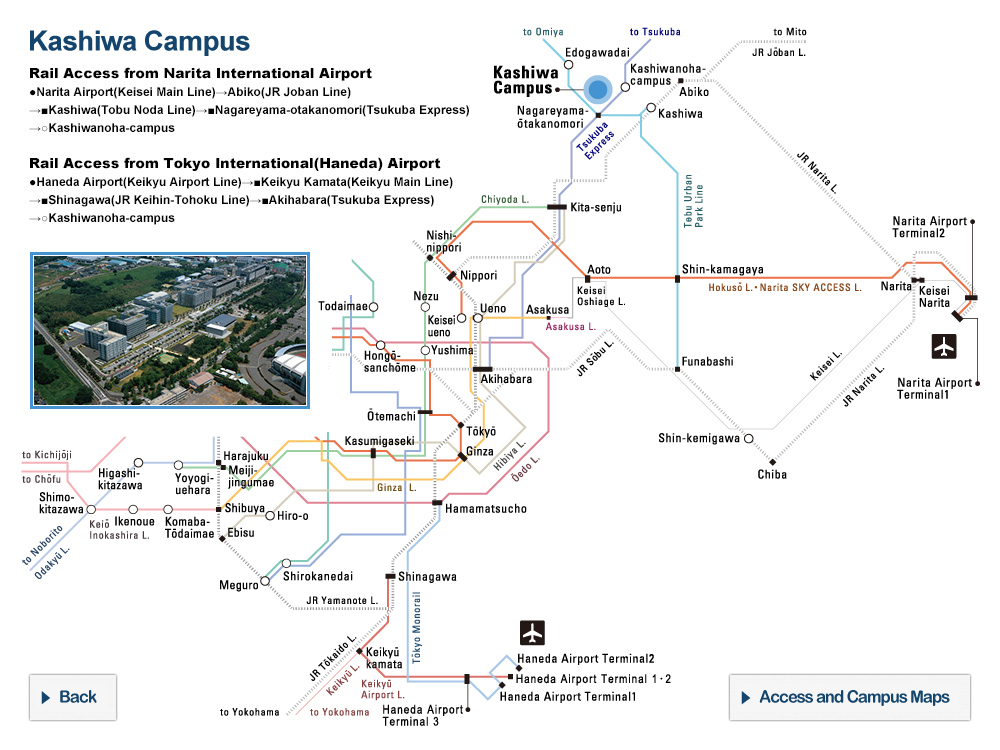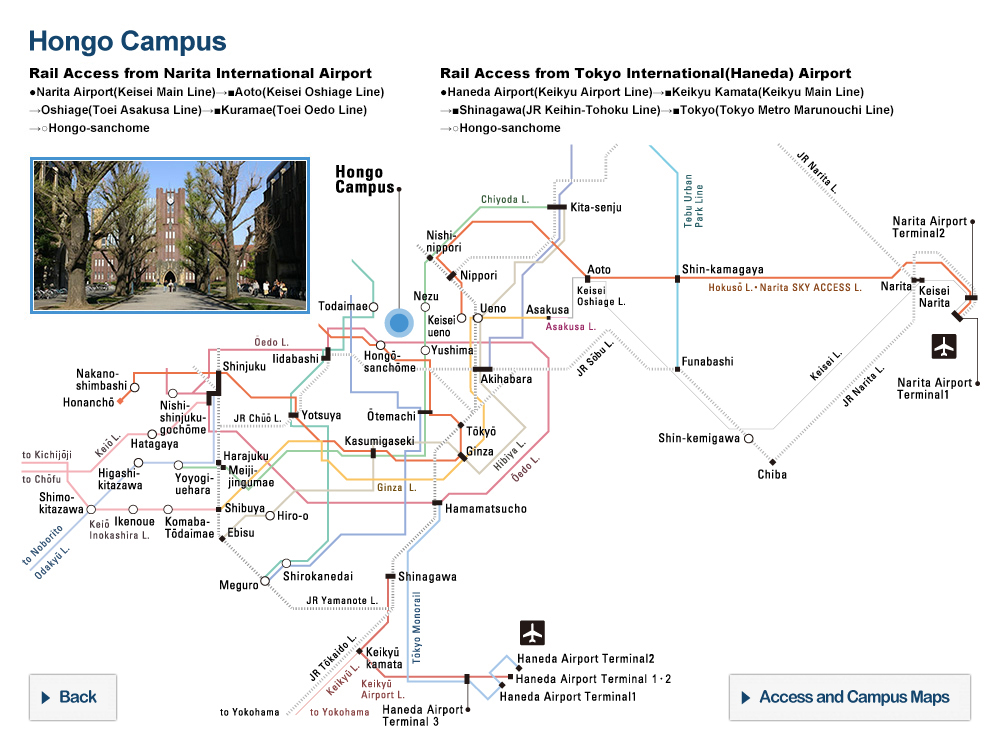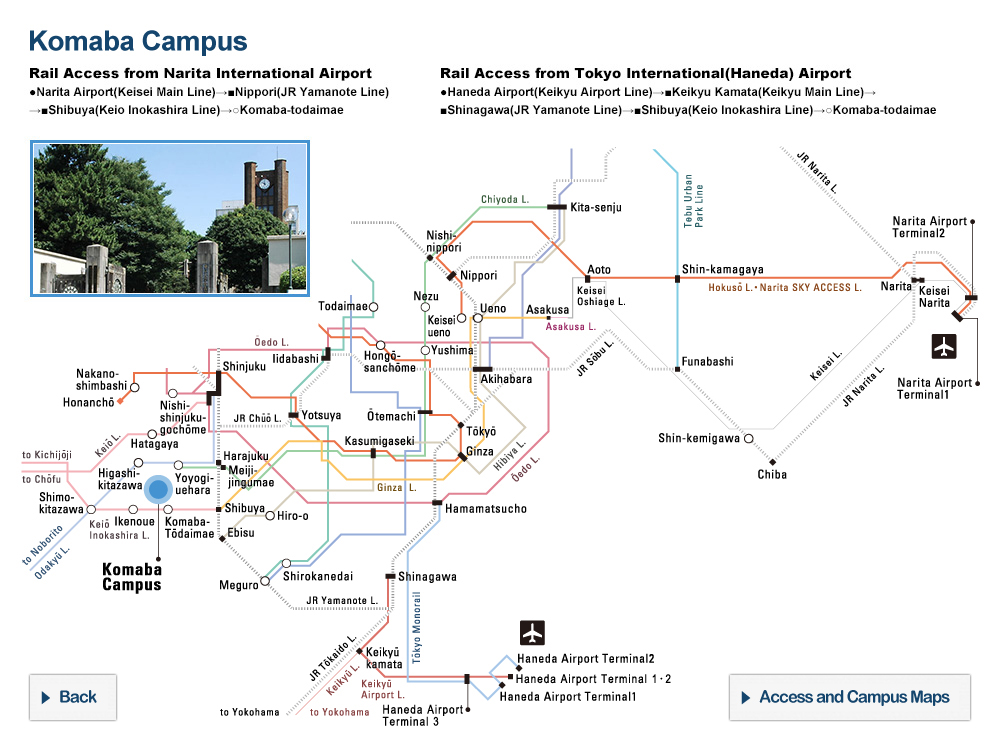LHC-ALICE Experiment Wins Breakthrough Prize The exploration of nature at the shortest distances and most extreme conditions at CERN’s Large Hadron Collider by the LHC-ALICE Experiment
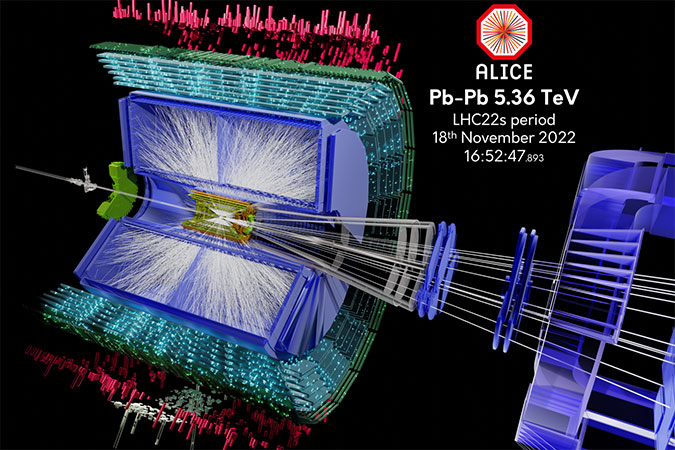
The Breakthrough Prize in Fundamental Physics, an international academic award in the natural sciences sponsored by the Breakthrough Prize Foundation—funded by U.S. Google founders and others—was announced on April 5 (April 6 Japan time). Four international collaborative experiments conducted at the Large Hadron Collider (LHC) at CERN (the European Organization for Nuclear Research) were jointly awarded the prize. The Breakthrough Prize, often dubbed the "Oscars of Science," is a prestigious international award in the fundamental sciences, with three categories: Fundamental Physics (established in 2012), Life Sciences (2013), and Mathematics (2014).
Among the awarded experiments, the ALICE collaboration includes from Japan full member institutions such as Saga University, University of Tsukuba, the University of Tokyo, Nagasaki Institute of Applied Science, Nara Women's University, and Hiroshima University (listed in Japanese alphabetical order), as well as associate member institutions like Kumamoto University and the Institute for Physical and Chemical Research (RIKEN). Many researchers and graduate students from these institutions actively participate.
The ALICE experiment explores the properties of quark–gluon plasma, a state of matter that filled the universe immediately after the Big Bang. Unlike the ATLAS and CMS experiments, which focus primarily on the search for new particles, ALICE pushes the frontiers of fundamental physics from a different perspective and holds a vital academic position among the four main LHC experiments.
The University of Tokyo has participated in the ALICE experiment since 2006, taking charge of the development, construction, and operation of the time projection chamber (TPC) and the transition radiation detector (TRD), which are used for tracking and identifying produced particles. The university has led physics measurements of heavy quarks, quarkonium, and electron pairs. In recent years, the team has worked on upgrading the TPC detector and data acquisition systems, advancing analyses aimed at revealing the thermodynamic and transport properties of quark–gluon plasma.
The ALICE collaboration has received $500,000 of the total $3 million prize money, which will be used to support the education of the next generation of researchers.
Among the awarded experiments, the ALICE collaboration includes from Japan full member institutions such as Saga University, University of Tsukuba, the University of Tokyo, Nagasaki Institute of Applied Science, Nara Women's University, and Hiroshima University (listed in Japanese alphabetical order), as well as associate member institutions like Kumamoto University and the Institute for Physical and Chemical Research (RIKEN). Many researchers and graduate students from these institutions actively participate.
The ALICE experiment explores the properties of quark–gluon plasma, a state of matter that filled the universe immediately after the Big Bang. Unlike the ATLAS and CMS experiments, which focus primarily on the search for new particles, ALICE pushes the frontiers of fundamental physics from a different perspective and holds a vital academic position among the four main LHC experiments.
The University of Tokyo has participated in the ALICE experiment since 2006, taking charge of the development, construction, and operation of the time projection chamber (TPC) and the transition radiation detector (TRD), which are used for tracking and identifying produced particles. The university has led physics measurements of heavy quarks, quarkonium, and electron pairs. In recent years, the team has worked on upgrading the TPC detector and data acquisition systems, advancing analyses aimed at revealing the thermodynamic and transport properties of quark–gluon plasma.
The ALICE collaboration has received $500,000 of the total $3 million prize money, which will be used to support the education of the next generation of researchers.
Papers
S. Acharya, et al. (ALICE Collaboration), "The ALICE experiment: a journey through QCD," Eur. Phys. J. C 84 (2024) 813: August 14, 2024, doi:https://doi.org/10.1140/epjc/s10052-024-12935-y.
Link (Publication )
)


